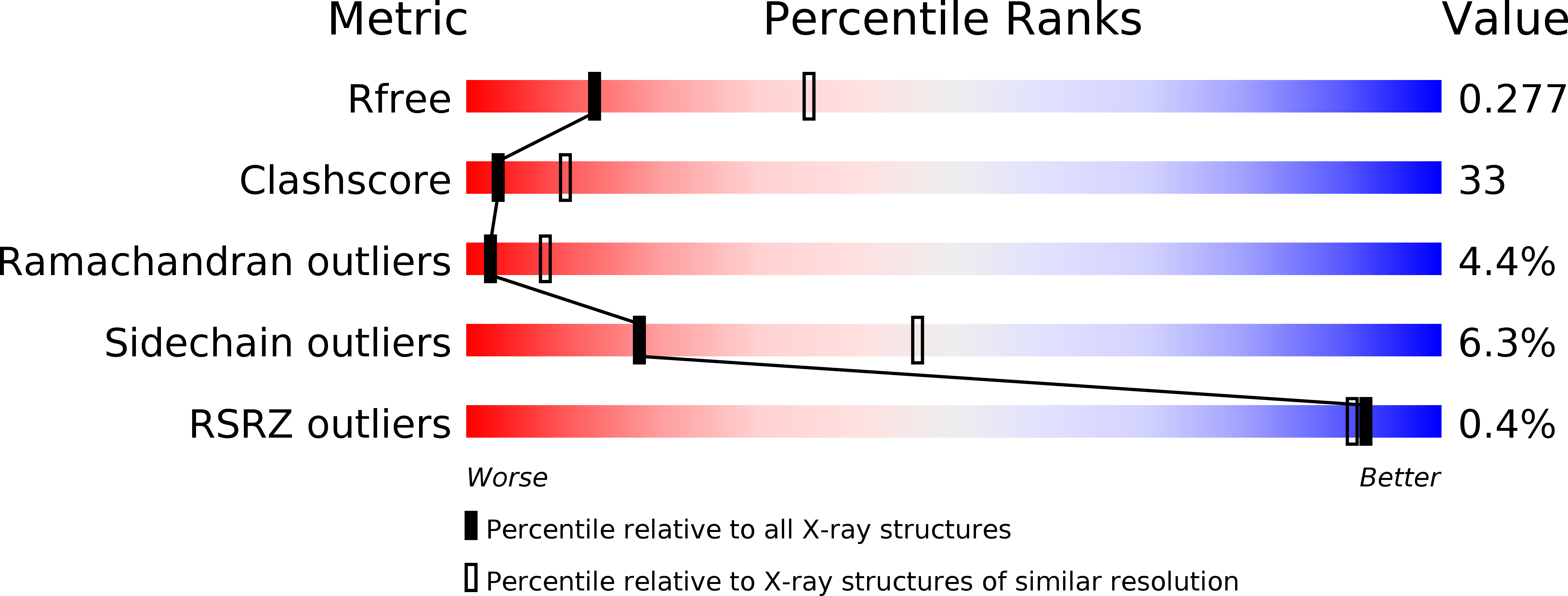
Deposition Date
2006-08-10
Release Date
2007-02-20
Last Version Date
2024-02-21
Entry Detail
PDB ID:
2I0I
Keywords:
Title:
X-ray crystal structure of Sap97 PDZ3 bound to the C-terminal peptide of HPV18 E6
Biological Source:
Source Organism:
Rattus norvegicus (Taxon ID: 10116)
Host Organism:
Method Details:
Experimental Method:
Resolution:
2.80 Å
R-Value Free:
0.28
R-Value Work:
0.22
R-Value Observed:
0.22
Space Group:
C 1 2 1


